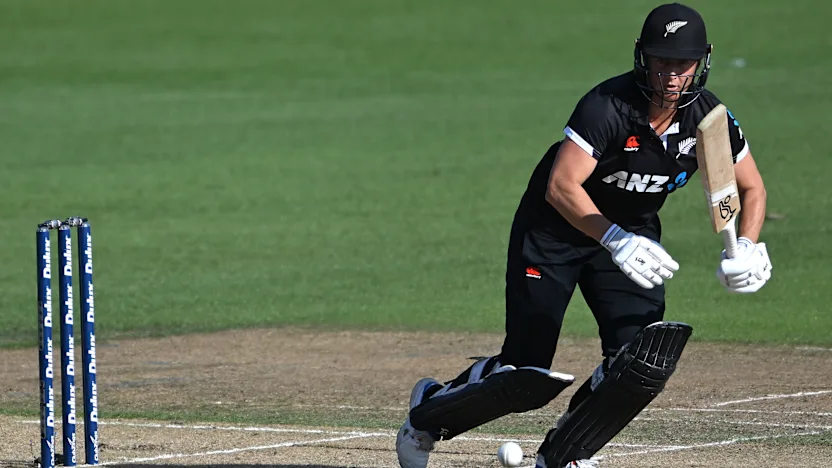Bigger Worth Finally

PETALING JAYA: A long-overdue change may finally be on the horizon for badminton players.The Badminton World Federation (BWF) are considering key reforms starting in 2027, including extending the duration of tournaments and significantly increasing prize money, moves that are expected to benefit players worldwide.Former world No. 1 men’s singles shuttler Roslin Hashim believes the proposed changes are timely and much needed.“This should have been done a long time ago but I’m glad BWF are now looking into it seriously. These are positive developments for the players,” said Roslin.In particular, the increase in prize money is viewed as a crucial step forward, as badminton players continue to earn considerably less than athletes in other racquet sports, such as tennis.BWF are currently proposing to raise prize money for tournaments from 2027 to 2030. For example, prize money for top-tier Super 1000 events like the All-England is expected to increase from US$1.45 million to US$2 million.“Badminton is a globally popular sport, and we can see its growing influence, especially with several players becoming household names. As one of the most widely followed sports, it is only fair that the players are paid accordingly.“Although the US$2 million is not a huge amount, since it is the total prize money that will be split among podium finishers across all five events, it is still a positive step forward,” said Roslin when contacted.He also welcomed BWF’s proposal to extend the duration of Super 1000 tournaments from seven to 11 days, adding that the format changes could create more excitement for fans.Under the new structure, the men’s and women’s singles events will feature an expanded field of 48 players, up from 36.Instead of the traditional knockout format, matches will be played in a group stage format, similar to what is used at the Olympic Games.Earlier, two-time Olympic Games champion Viktor Axelsen of Denmark had also called for change as one of the advocates stressing the need to extend the competition days to give top players some breathing space.However, the doubles events will retain a 32-pair knockout draw.“I find this format interesting because lower-ranked players will still have a chance to advance to the knockout stage, unlike the current format,” said Roslin.“If they lose their opening match, their journey doesn’t end there — they still have the opportunity to bounce back, instead of being knocked out after just one match.“This will also put pressure on the top players, as the lower-ranked ones are capable of causing upsets in the battle to finish as one of the top two, or to claim the sole qualifying spot from the group stage into the knockout rounds,” he added.At present, the All-England, Malaysian Open, Indonesian Open and China Open are the four tournaments with Super 1000 status.The players are hoping for changes in how they are handled on court during medical emergency and the standard of umpiring and lines calls.



.jpg)






